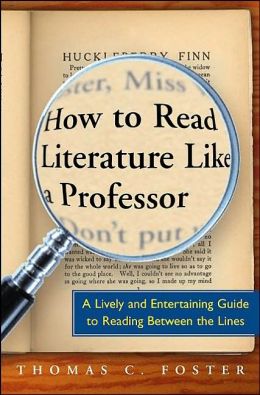Can Someone Remind Me How to Read?
When first reading Only Revolutions, I had no clue what was going on. Through to page 48 on both sides (alternating every 8 pages) I still had no clue what was going on due to the way I was reading it. However, I think I have finally found a way to read this book. It feels odd, saying that there is a way to read a book, implying that there are multiple ways and that there are also wrong or useless ways. However that is exactly the difficulty I had: just trying to find a reading method that works.
My first attempts to read this book were awful: I tried reading it as a book: trying to make sense of what was going on and paying attention to the specifics. However, this just made me angry because Danielewski has no continuity, and I guess that is part of the point (I don’t understand what the point is or why, but maybe I will later). Every single time a character, number, or car is used, it always changes unless it is a keyword like Creeper. For most instances, there is also a crescendo in the reference, kind of like the quintessential fish-story that becomes more heroic with every telling: numbers become larger, people more important (or more disgusting). For instance, in Sam’s perspective when he goes to purchase shoes for Hailey, he talks with a “Civilized Man”, “The Mayor”, a “Nambypamby Congressman” and “The Senator”, but these are all the same person, just being referred to differently (54-55). Instead, I have slowly lost focus in the specifics of the words and concern myself with the impression from the explanation and the rhythm of the words. By focusing only on the general ideas and on the flow of the book rather than the specific words, it becomes like an impressionist painting of a plot with the ideas presented for interpretation rather than stated facts.
Another major issue I had early on was that I tried switching between the stories every 8 pages. Supposedly, this can be used to “spin them together” according to the New York Times review in the front flap. However, this made me try to think of them as the same story just with one unreliable narrator for each section (I had a whole theory going that the character following was always the reliable one). It was not until there was the clear discrepancy of the Ford 999 Racer versus the Shelby Mustang (Page 48) that I finally gave up trying to reconcile the two and just accepted them as completely separate but oddly similar stories. For me personally, reading chunks of one arc at a time (around 40 pages) made the story a lot more coherent rather than interrupted every 8 pages. Additionally, following each chunk with its partner allowed the ideas of the plot to be emphasized and contrasted with each other without the fragmentation of 8 page sections.
P.S.: I could allso have done a post about the issues I have with this work, but I think Austin’s post already covered most of them.
